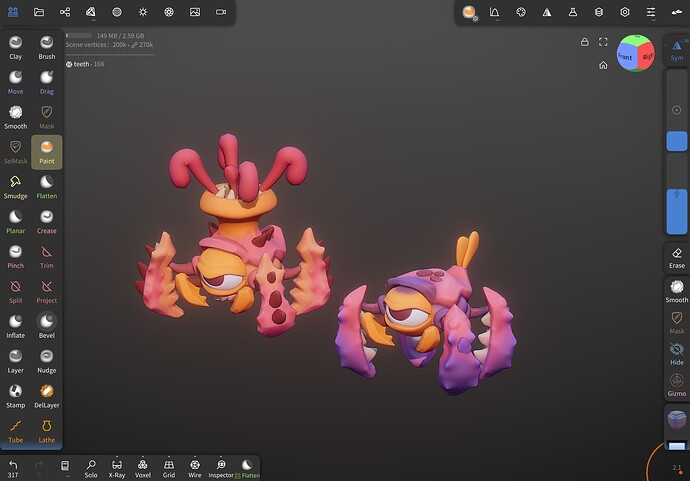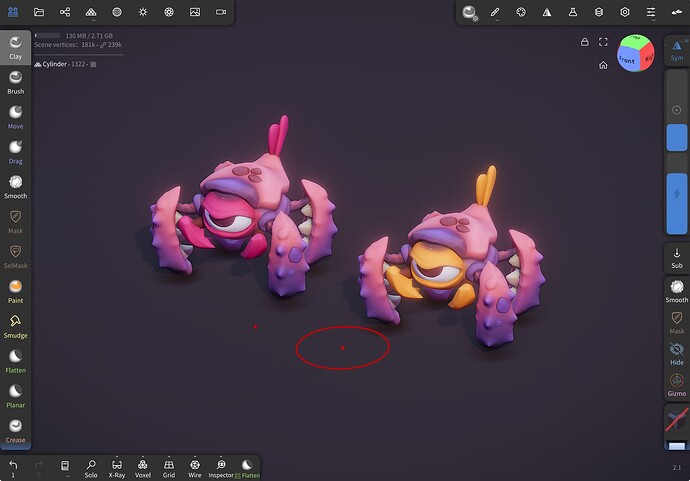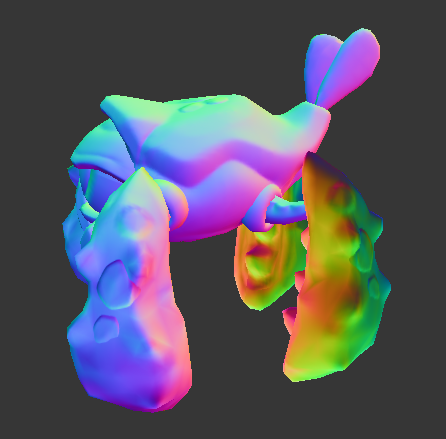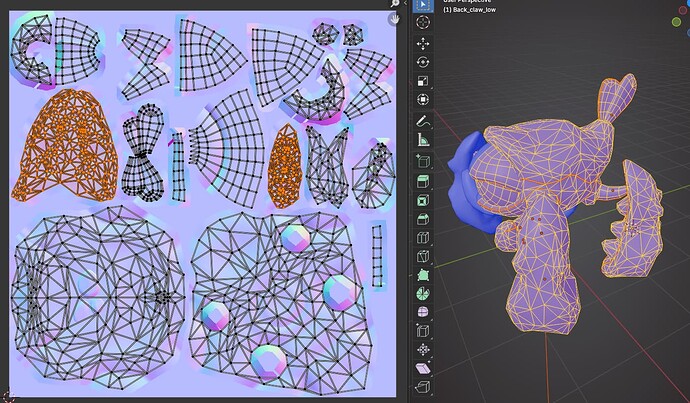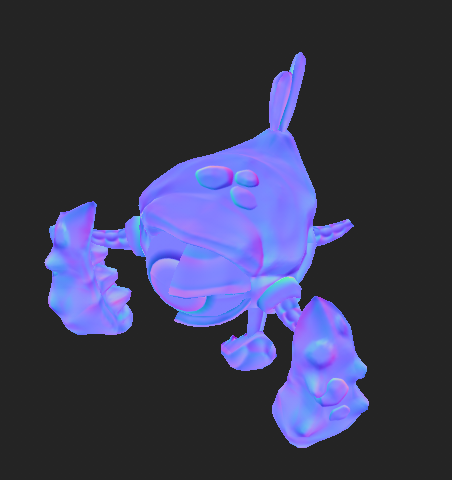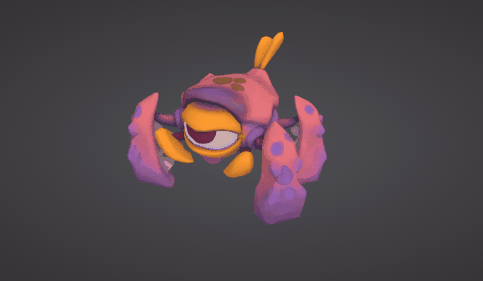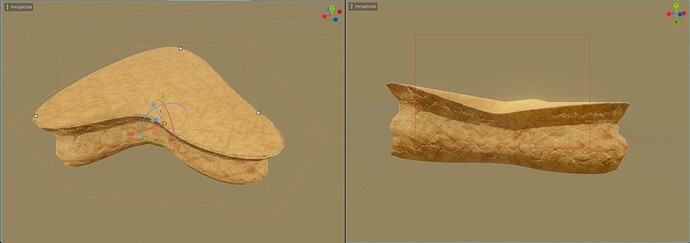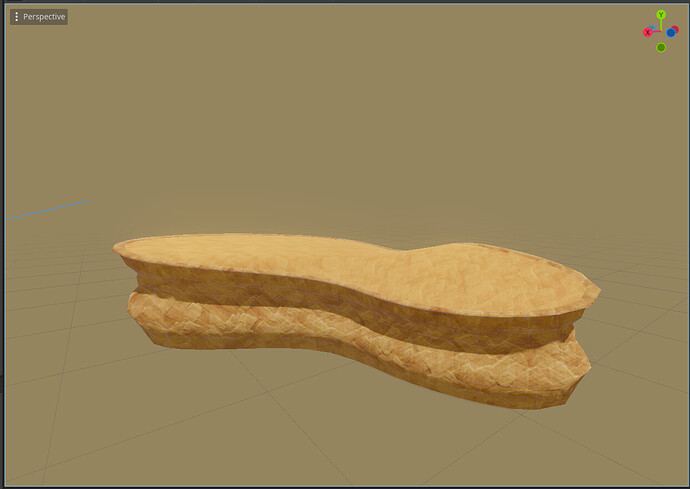Hello!
I started to show my work in this thread as I wanted some feedback on the character design; but I thought I should make a thread for the actual project that is work-in-progress.
Main Inpirations
This project is based on one of my comics character John Space:
The gameplay I am aiming for will be inspired by:
- Lara Croft and the Guardian of Light: Tight cooperation between two players, in a top-down twin stick shooter and puzzle game
- Zelda series: small open-closed world organised around dungeons and a NPC village. Dungeons focus on one gameplay mechanic.
- Ratchet and Clank: Fun and Groovy sci-fi style
The co-op will be local only, and may be optional. I wanted to make the game only playable at 2 players, but I am still unsure.
Main Character
Here is the design of the main character John Space (from the thread I linked above):
He will be joined by a second main character, most probably Jane Space, when I start working on the co-op ![]()
Story
John and Jane Space are space rangers of the Intergalatic Trust. They are sent on planet GX-348 to investigate the traces of an extinct civilisation of intelligence class C (i.e. equivalent to human intelligence) and the inexplicable hostility of the indeginous creatures against Class C and B species.
Style Exploration
I started a style exploration in February. Here where I started with Nomad Sculpt.
After a lot of work on creating textures in Substance Designer, writing shaders, adding flora and some animations, I got a little closer to what could be the “final” look/style of the game:
It is been quite challenging to get there, and I wish I had maintain a series of post on my weekly progress! So I will try to give weekly update from now on.







